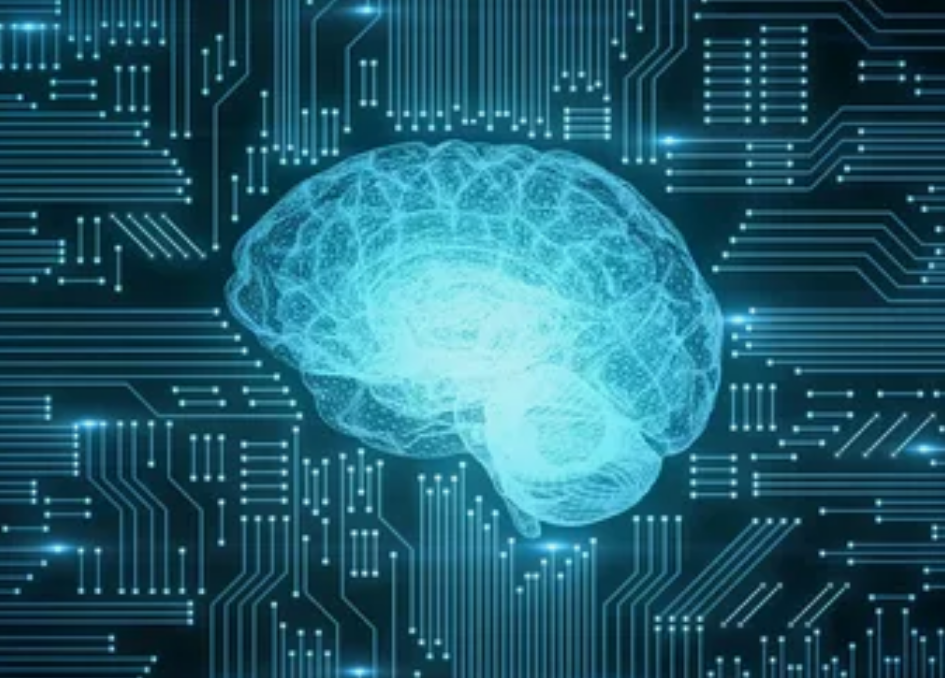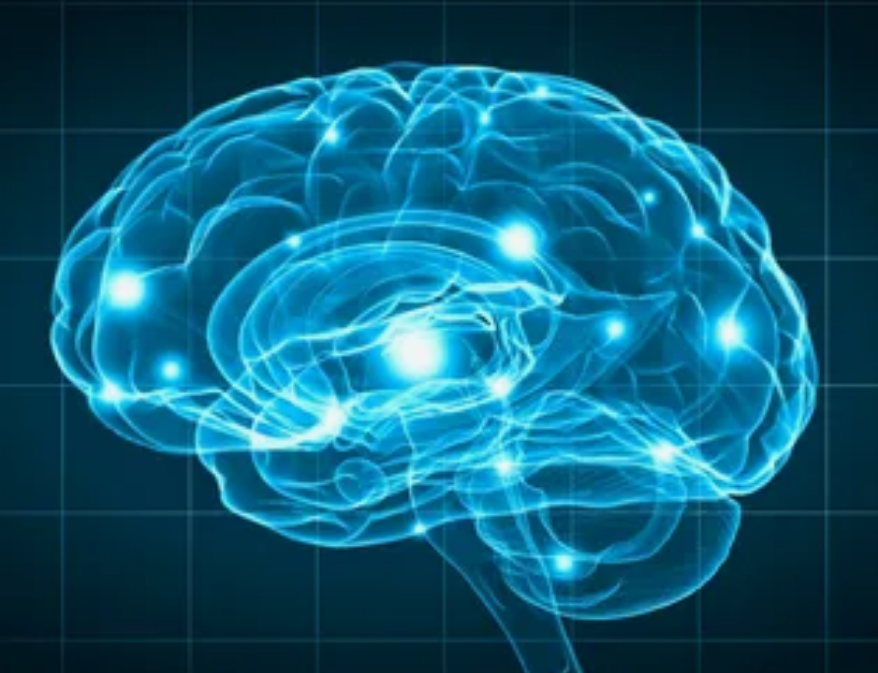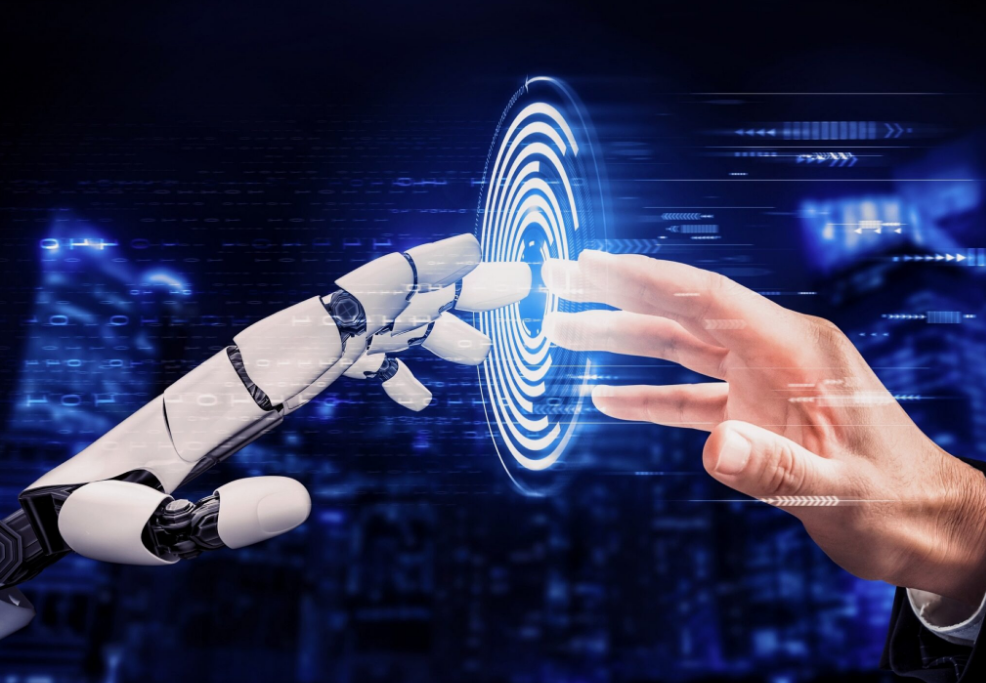Computer Science for Artificial Intelligence (CS for AI) involves developing algorithms and software to simulate human cognition. It encompasses machine learning, robotics, and natural language processing. Artificial Intelligence (AI) has become a transformative force in computer science, pushing the boundaries of what machines can achieve. With roots in logic and computation, Computer Science for AI equips machines with the ability to learn from data, recognize patterns, and make decisions with minimal human intervention.
This specialization within computer science integrates various disciplines including mathematics, cognitive science, and engineering to create systems capable of tasks like voice recognition, strategic game playing, and autonomous driving. As AI technology advances, its applications continue to expand, revolutionizing industries from healthcare to finance, and driving demand for professionals skilled in this cutting-edge area. Emphasizing the creation of intelligent systems, CS for AI is pivotal in shaping a future where technology seamlessly integrates with daily life, enhancing both efficiency and productivity.
Computer Science For Artificial Intelligence

The Basics of Computer Science- Computer Science For Artificial Intelligence
Computer Science is a big field. It helps make smart machines and software. Think of robots or apps that talk to you. These need to learn and think. That’s where Computer Science for Artificial Intelligence comes in. It’s like teaching computers to be smart. Places like Harvard offer courses. They have something called “Professional Certificate in Computer Science for Artificial Intelligence.” This helps people learn how to make computers smart.
Data Structures and Algorithms- Computer Science For Artificial Intelligence
Data Structures and Algorithms are the brain’s exercises for computers. They help computers sort, store, and find information quickly. Imagine you have a toy box. You want to find your favorite toy quickly. If your toys are all mixed up, it takes longer. But if they are sorted, you find your toy fast. Data Structures do this sorting for computer data. Algorithms are step-by-step instructions. They tell the computer how to solve problems. For example, if you have a puzzle, an algorithm is a guide on how to put it together piece by piece.
Let’s look at why they are important:
- Quick Access: They make finding and using data fast.
- Save Space: Help computers use less space to store data.
- Solve Problems: Allow computers to solve complex puzzles.
Programming Languages
Programming Languages are how we talk to computers. Think of them as different languages. Some are easy and some are hard. They let us give instructions to make apps or games. For making smart machines, some languages are better. They make it easier to teach the computer. There are many languages, but some are key for Artificial Intelligence.
Here are a few important ones:
| Language | Use |
|---|---|
| Python | Great for beginners. Used a lot in AI for its simplicity. |
| Java | Good for building smart apps on different devices. |
| R | Excellent for data analysis and making graphs. |
Learning these languages is part of what you study in courses like “Professional Certificate in Computer Science for Artificial Intelligence” at Harvard. They help make sure you can create smart software and robots.
Introduction To Artificial Intelligence
The world of technology is always changing. Computer Science for Artificial Intelligence (AI) is a big part of this change. AI is like a smart helper that can learn and do tasks on its own. It uses computers to solve problems and make decisions. This field is growing and changing how we live and work. Let’s explore the beginnings of AI and the different types it includes.
History of AI
The story of AI began in the mid-20th century. Scientists started to dream about creating machines that could think. Here are key moments:
- 1950s: Alan Turing asked if machines can think. He created a test to see if a computer has intelligence.
- 1956: The term “Artificial Intelligence” was first used at a conference at Dartmouth College.
- 1960s: Early AI programs could solve algebra problems and prove theorems.
- 1980s: AI became popular because of expert systems. These systems could make decisions in certain areas.
- 21st Century: AI has grown a lot. It can beat humans in games like chess and Go. AI is everywhere, from phones to cars.
These events show how AI has grown over the years. They help us understand how we reached today’s smart technologies.
Types of AI
AI can be different, based on what it can do. There are two main types:
| Type | Description |
|---|---|
| Narrow AI | This AI is good at one task, like playing chess or recommending songs. |
| General AI | This AI can do many tasks just like a human. It can learn and understand. |
Most AI today is Narrow AI. It helps with things like driving cars or finding information. General AI is still being worked on. One day, it might be like the robots we see in movies.
The intersection of Computer Science and AI
Computer Science and Artificial Intelligence (AI) are closely connected fields. Both deal with the use of computers to solve complex problems. AI is a branch of computer science that creates smart machines. These machines can think and learn like humans. The knowledge of computer science is vital for AI. It helps in creating algorithms that can process data and make decisions. This is why many students are interested in the Computer Science for Artificial Intelligence course. They know it can lead to exciting jobs with a good Computer science Artificial Intelligence salary.
Machine Learning
Machine Learning (ML) is a core part of AI. It lets computers learn from data. Here’s how ML matters:
- ML algorithms use statistics to find patterns in data.
- These patterns help computers make decisions without human help.
- There are different types of ML, like supervised and unsupervised learning.
Lots of jobs in AI need ML skills. The Computer science Artificial Intelligence salary can be high for experts in ML. This is why a Computer science for artificial intelligence course often has many ML classes.
Natural Language Processing
Natural Language Processing (NLP) helps computers understand human language. NLP combines computer science and linguistics. Here’s what makes NLP special:
- It allows computers to read, understand, and respond to human language.
- NLP uses ML to get better at language tasks.
- It’s used in things like voice assistants and translation services.
NLP is a fast-growing field in AI. It has many exciting job opportunities. A good Computer science for artificial intelligence course will teach you about NLP. This knowledge can help you earn a great Computer science Artificial Intelligence salary.
AI For Computer Science Students
Understanding Artificial Intelligence (AI) is key for future tech experts. Computer Science students must grasp how AI can solve complex problems. This knowledge helps in creating smart programs. It makes machines learn from data. Let’s explore the exciting AI elements like Neural Networks and Deep Learning.
Neural Networks
Neural Networks mimic how the human brain works. They help computers learn from examples. Think of it as a web of neurons working together. Here’s why they are important:
- They recognize patterns: Just like our brains recognize faces.
- They make decisions: Neural Networks help self-driving cars move safely.
- They are adaptive: These networks learn and improve over time.
Neural Networks consist of layers. The first layer takes in data. The last layer answers. Layers in between help in making smart guesses.
| Layer Type | Function |
|---|---|
| Input Layer | Receives data for the network to process |
| Hidden Layers | Perform computations and transfer information |
| Output Layer | Provides the final decision or prediction |
Deep Learning
Deep Learning is a powerful tool within AI. It uses deep neural networks to analyze data. Imagine it as a detective finding clues in a pile of data. Here’s what makes it special:
- It handles huge amounts of data: Deep Learning works well with big data.
- It gets better with time: The more data it sees, the smarter it gets.
- It’s behind many modern innovations: From voice assistants to chatbots.
Deep Learning requires a lot of computer power. It uses many layers of neural networks. These layers work together to understand complex patterns. They can identify objects in photos or translate languages.
Computer Science students will see Deep Learning change the future. They need to learn how to use this tool. It will help them create amazing technology for tomorrow.

Applications of AI In Computer Science
The world of tech grows every day, especially in Computer Science for Artificial Intelligence. This area helps machines think and learn. It’s like teaching a robot to understand and act like humans. This skill is super important and many people study it. They might even get a Professional Certificate in Computer Science for Artificial Intelligence at Harvard. You can learn a lot about it from computer science for artificial intelligence online courses too. Today, we’re diving into how AI changes two big areas: seeing humans and robots moving.
Computer Vision
Imagine if a computer could see and understand pictures like we do. That’s what computer vision is all about. It’s a cool part of AI. Computers can look at a photo and tell you what’s in it. This helps in many ways. For example, doctors use it to find sickness in X-rays. Stores use it to check what you buy. Here are some key points:
- Face recognition helps your phone stay safe. Only you can unlock it.
- Self-driving cars see roads and signs to move without a driver.
- Game development uses it to create real-life scenes.
This shows how important computer vision is. It makes machines smart in seeing and understanding.
Robotics
Robots are not just in movies. They are real and work among us. Robotics with AI makes them even cooler. They can do tasks without being told every step. This is great for jobs that are hard or dangerous for people. Robots can help in many places, like:
| Place | Task |
|---|---|
| Hospitals | Carry medicine and help in surgery |
| Factories | Build things and check for mistakes |
| Home | Clean and even make your food |
With the help of AI, robots learn and get better at their jobs. This means they can do more stuff over time. It’s super cool to see how robots change the way we live and work. Learning about robotics can start with a Professional Certificate in Computer Science for Artificial Intelligence at Harvard or by exploring computer science for artificial intelligence online.
Challenges and Ethical Considerations
The world of Computer Science and Artificial Intelligence (AI) is vast and exciting. Yet, it faces many challenges, especially concerning ethics. This post explores some of these critical issues, focusing on bias in AI and privacy concerns. Understanding these aspects is crucial for building fair and secure AI systems.
Bias In AI
Bias in AI is a big problem. It means some people get unfair treatment from AI systems. This can happen when the data used to train AI systems is not diverse. Let’s look at why this is important and what can be done.
- Data sources: They often reflect past biases. This includes racial or gender prejudices.
- Impact: Decisions made by biased AI can affect job hiring, loans, and even legal judgments.
- Solutions: Include more varied data and have diverse teams check AI fairness.
Creating fair AI is a team effort. It requires checking and rechecking the systems we build. By doing so, we make sure everyone gets treated fairly.
Privacy Concerns
Privacy is another big challenge in AI. Everyone wants to keep their personal information safe. But, AI systems often need a lot of data to learn and improve. This can lead to worries about who sees and uses our data.
- Data collection: AI systems collect data from many places. Sometimes, people don’t know this is happening.
- Risks: If not protected, this data could be stolen or misused.
- Steps to protect privacy: Laws and rules can help. So can designing AI systems that respect privacy from the start.
Keeping data safe is a big job. It means making sure AI systems follow strict rules. It also means teaching everyone about data safety. This way, we can enjoy the benefits of AI without worrying about our privacy.
The Future of AI and Computer Science
Artificial Intelligence (AI) is a thrilling part of computer science. It creates smart machines that work and react like humans. AI is changing our world and how we think about the future. Computer science gives AI the tools to grow. AI and computer science together are making tomorrow’s technology.
Advancements In AI
AI is growing faster than ever before. We now have computers that can learn on their own. This is called machine learning. AI helps doctors find sicknesses quickly. It makes cars that can drive themselves. AI even beats humans in games like chess and Go. These are signs that AI is getting smart. But AI is not just for games or driving. It helps in many jobs and schools. Here are some big steps AI has made:
- Deep learning lets computers see and recognize images.
- Natural language processing helps computers understand and speak our language.
- Robotics uses AI to make robots that can help in homes and factories.
These advancements show us how AI is a big part of our future.
Impact on Society
AI changes how we live and work. It helps us do things faster and better. AI can do jobs that are hard or dangerous for people. It can go to places like deep under the sea or far into space. AI helps find answers to big problems like climate change. It can look at lots of data and see patterns that people might miss. AI also changes how we learn. Kids can get help from computer programs that adjust to what they need. Here are some ways AI touches our lives:
- Healthcare: AI finds diseases quickly, which can save lives.
- Education: AI gives kids learning tools that are fun and helpful.
- Transportation: Self-driving cars could make roads safer.
These changes show AI has a big role in our society’s growth.
Career Opportunities In AI and Computer Science
Computer Science and Artificial Intelligence (AI) are changing our world. Many jobs are growing because of AI. People use AI to solve hard problems. Knowing Computer Science helps people create smart AI systems. These skills can lead to many exciting jobs.
Job Roles
The field of AI offers a variety of interesting job roles. See the list below:
- Data Scientist: They make sense of big data and find patterns.
- Machine Learning Engineer: They build systems that learn from data.
- AI Research Scientist: They invent new ways for machines to learn.
- Robotics Engineer: They design robots that can do human tasks.
- NLP Scientist: They teach computers to understand human language.
AI Project Manager is another role. They make sure AI projects work well.

Skill Requirements
Working in AI requires some important skills. Here is what you need to know:
| Skill | Description |
|---|---|
| Programming | Writing code is key. Languages like Python are important. |
| Math and Statistics | You need to understand numbers and data. |
| Machine Learning | You should know how machines can learn from data. |
| Problem Solving | Being good at finding solutions is very important. |
| Critical Thinking | It helps to think about problems in new ways. |
Learning about cloud services and AI ethics is also useful. These skills help you work well in AI.
Conclusion
Exploring the depths of computer science is key to mastering artificial intelligence. This field constantly evolves, demanding continual learning and innovation. Embrace the challenge, and the rewards—career growth, intellectual satisfaction, and technological advancement—will be immense. Stay curious, stay informed, and let your AI journey begin.

